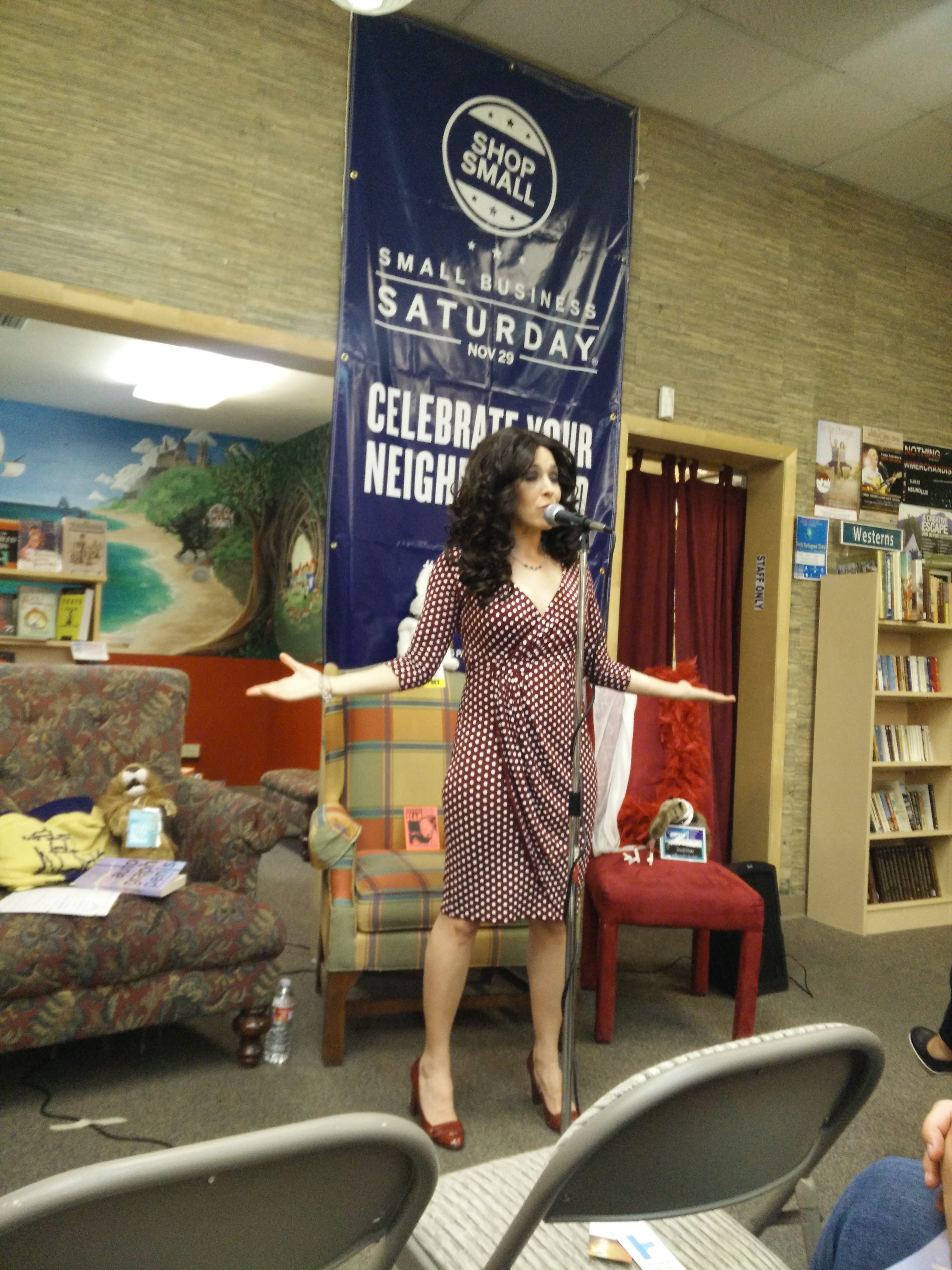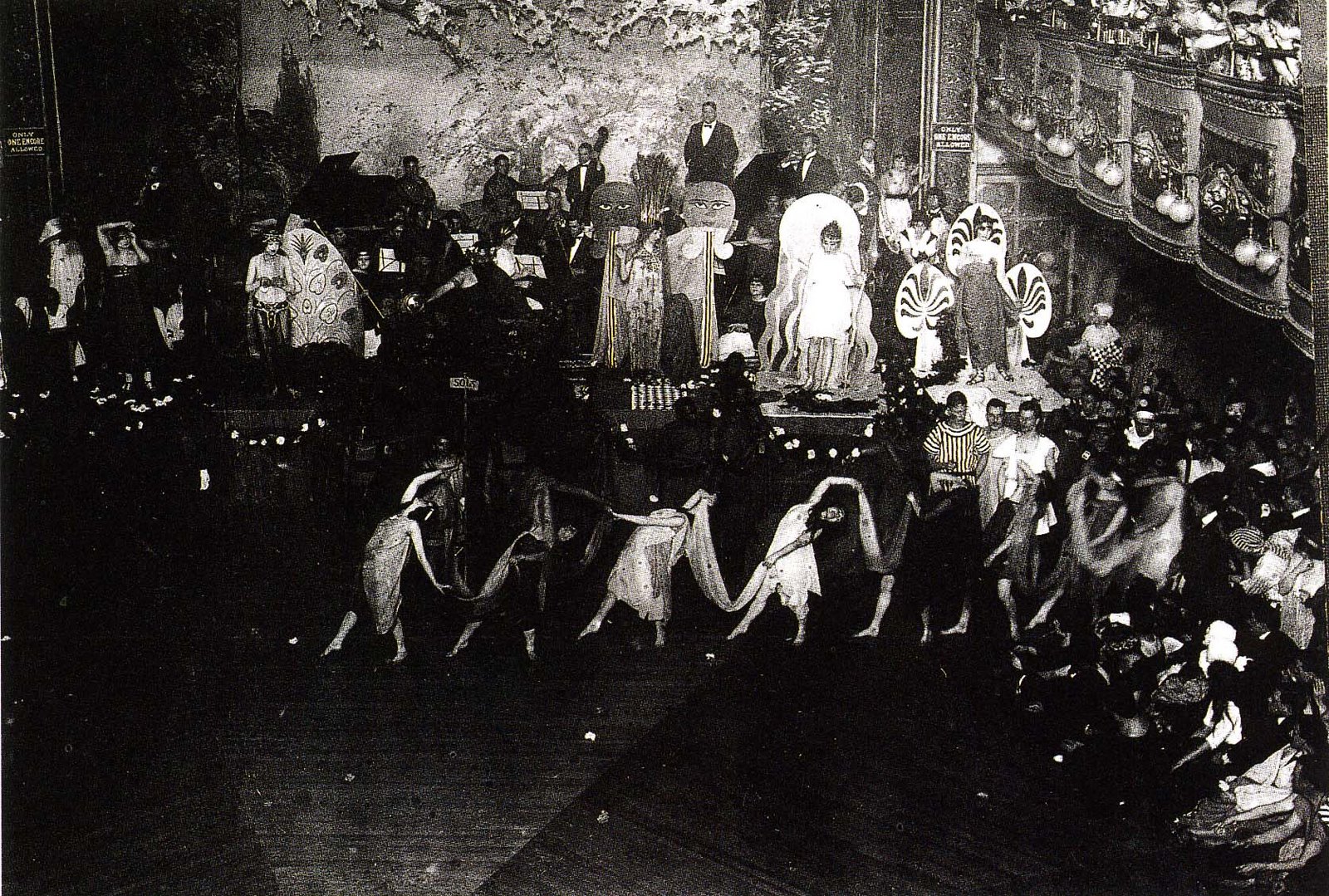|
Slam Poetry
A poetry slam is a competitive art event in which poets perform spoken word poetry before a live audience and a panel of judges. Poetry slams began in Chicago in the 1980s, with the first slam competition designed to move poetry recitals from academia to a popular audience. American poet Marc Smith, believing the poetry scene at the time was "too structured and stuffy", began experimenting by attending open-microphone poetry readings, and then turning them into slams by introducing the element of competition. The performances at a poetry slam are judged as much on enthusiasm and style as content, and poets may compete as individuals or in teams. The judging is often handled by a panel of judges, typically five, who are usually selected from the audience. Sometimes the poets are judged by audience response. History American poet Marc Smith was credited with starting the poetry slam at the Get Me High Lounge in Chicago in November 1984. In July 1986, the original slam moved t ... [...More Info...] [...Related Items...] OR: [Wikipedia] [Google] [Baidu] |
Performance Poetry
Performance poetry is poetry that is specifically composed for or during a Performance art, performance before an audience. It covers a variety of styles and genres. History The phenomenon of performance poetry, a kind of poetry specifically made for and offered during a performance before an audience goes back to Dada, the term itself only emerged later. On June 23, 1916, Hugo Ball performed one of the first sound poems, ''Gadji beri bimba'' at the Cabaret Voltaire (Zürich), Cabaret Voltaire in Zürich, dressed in a cardboard costume so that he had to be carried onto the stage. The actual birthplace of performance poetry is therefore Zürich. Since then the spectrum ranges from Kurt Schwitters, Kurt Schwitters’ own recitation of his wellknown ''Ursonate'' to the recitations of "otto's pug" by German poet Ernst Jandl and a typ of performance that is mixed from impromptu speech, body language and theatricality such as Natias Neutert, Natias Neutert’s ''Diogenes Synopsis’� ... [...More Info...] [...Related Items...] OR: [Wikipedia] [Google] [Baidu] |
Queer
''Queer'' is an umbrella term for people who are non-heterosexual or non- cisgender. Originally meaning or , ''queer'' came to be used pejoratively against LGBTQ people in the late 19th century. From the late 1980s, queer activists began to reclaim the word as a neutral or positive self-description. In the 21st century, ''queer'' became increasingly used to describe a broad spectrum of non- heteronormative sexual or gender identities and politics. Academic disciplines such as queer theory and queer studies share a general opposition to binarism, normativity, and a perceived lack of intersectionality, some of them only tangentially connected to the LGBTQ movement. Queer arts, queer cultural groups, and queer political groups are examples of modern expressions of queer identities. Critics of the term include members of the LGBTQ community who associate it more with its colloquial, derogatory usage; those who wish to dissociate themselves from queer radicalism; and tho ... [...More Info...] [...Related Items...] OR: [Wikipedia] [Google] [Baidu] |
Erotica
Erotica is art, literature or photography that deals substantively with subject matter that is erotic, sexually stimulating or sexually arousing. Some critics regard pornography as a type of erotica, but many consider it to be different. Erotic art may use any artistic form to depict erotic content, including painting, sculpture, drama, film or music. Erotic literature and erotic photography have become genres in their own right. Erotica also exists in a number of subgenres including gay, lesbian, women's, monster, tentacle erotica and bondage erotica. The term ''erotica'' is derived from the feminine form of the ancient Greek adjective: (), from ()—words used to indicate lust, and sexual love. Curiosa are curiosities or rarities, especially unusual or erotic books. In the antiquarian book trade, pornographic works are often listed under "curiosa", "erotica" or " facetiae". History Erotica exists in many different forms, both modern and ancient. Erotic art ... [...More Info...] [...Related Items...] OR: [Wikipedia] [Google] [Baidu] |
Nerd
A nerd is a person seen as overly intellectual, obsessive, introverted, or lacking social skills. Such a person may spend inordinate amounts of time on unpopular, little known, or non-mainstream activities, which are generally either highly technical, abstract, or relating to niche topics such as science fiction or fantasy, to the exclusion of more mainstream activities. Additionally, many so-called nerds are described as being shy, quirky, pedantic, and unattractive. Originally derogatory, the term "nerd" was a stereotype, but as with other pejoratives, it has been reclaimed and redefined by some as a term of pride and group identity. The term may be considered a synonym for geek. Etymology The first documented appearance of the word ''nerd'' is as the name of a creature in Dr. Seuss's book '' If I Ran the Zoo'' (1950), in which the narrator Gerald McGrew claims that he would collect "a Nerkle, a Nerd, and a Seersucker too" for his imaginary zoo.American Heritage Dict ... [...More Info...] [...Related Items...] OR: [Wikipedia] [Google] [Baidu] |
Austria
Austria, formally the Republic of Austria, is a landlocked country in Central Europe, lying in the Eastern Alps. It is a federation of nine Federal states of Austria, states, of which the capital Vienna is the List of largest cities in Austria, most populous city and state. Austria is bordered by Germany to the northwest, the Czech Republic to the north, Slovakia to the northeast, Hungary to the east, Slovenia and Italy to the south, and Switzerland and Liechtenstein to the west. The country occupies an area of and has Austrians, a population of around 9 million. The area of today's Austria has been inhabited since at least the Paleolithic, Paleolithic period. Around 400 BC, it was inhabited by the Celts and then annexed by the Roman Empire, Romans in the late 1st century BC. Christianization in the region began in the 4th and 5th centuries, during the late Western Roman Empire, Roman period, followed by the arrival of numerous Germanic tribes during the Migration Period. A ... [...More Info...] [...Related Items...] OR: [Wikipedia] [Google] [Baidu] |
Salzburg
Salzburg is the List of cities and towns in Austria, fourth-largest city in Austria. In 2020 its population was 156,852. The city lies on the Salzach, Salzach River, near the border with Germany and at the foot of the Austrian Alps, Alps mountains. The town occupies the site of the Roman settlement of ''Iuvavum''. Founded as an episcopal see in 696, it became a Prince-Archbishopric of Salzburg, seat of the archbishop in 798. Its main sources of income were salt extraction, trade, as well as gold mining. The Hohensalzburg Fortress, fortress of Hohensalzburg, one of the largest medieval fortresses in Europe, dates from the 11th century. In the 17th century, Salzburg became a centre of the Counter-Reformation, with monasteries and numerous Baroque churches built. Salzburg has an extensive cultural and educational history, being the birthplace of Wolfgang Amadeus Mozart and being home to three universities and a large student population. Today, along with Vienna and the Tyrol (st ... [...More Info...] [...Related Items...] OR: [Wikipedia] [Google] [Baidu] |
Ball Culture
The Ballroom scene (also known as the Ballroom community, Ballroom culture, or just Ballroom) is an African-American and Latino underground LGBTQ+ subculture. The scene traces its origins to the drag balls of the mid-19th century United States, such as those hosted by William Dorsey Swann, a formerly enslaved Black man in Washington D.C.. By the early 20th century, integrated drag balls were popular in cities such as New York, Chicago, New Orleans, Baltimore, and Philadelphia. In the mid-20th century, as a response to racism in integrated drag spaces, the balls evolved into house ballroom, where Black and Latino attendees could "walk" in a variety of categories for trophies and cash prizes. Most participants in ballroom belong to groups known as "houses", where chosen families of friends form relationships and communities separate from their families of origin, from which they may be estranged. The influence of ballroom culture can be seen in dance, language, music, and p ... [...More Info...] [...Related Items...] OR: [Wikipedia] [Google] [Baidu] |
Bowery Poetry Club
The Bowery Poetry Club is a New York City poetry performance space founded by Bob Holman in 2002.Aptowicz, Cristin O'Keefe. (2008). ''Words in Your Face: A Guided Tour Through Twenty Years of the New York City Poetry Slam.'' Chapter 26: What the Heck is Going on Here; The Bowery Poetry Club Opens (Kinda) for Business. Soft Skull Press, 288. . Located at 308 Bowery, between Bleecker and Houston Streets in Manhattan's East Village, the BPC is a popular meeting place for poets and aspiring artists. Building history The building was built in the 1850s as a lumber yard. Its last incarnation before becoming the BPC was as a formica tabletop manufacturer that ran on DC current. Plywood scraps were used to heat the building in a pot-belly stove. In a 2002 article about the club in ''The New York Times'', Holman talked about the then-risky choice to open the club on Bowery, which at the time was a "skid row": The Bowery Poetry Club closed for renovations on July 17, 2012 and re-ope ... [...More Info...] [...Related Items...] OR: [Wikipedia] [Google] [Baidu] |
Nuyorican Poets Cafe
Nuyorican is a portmanteau word blending "New York" (or "Nueva York" in Spanish) and "Puerto Rican," referring to Puerto Rican migration to New York City, Puerto Ricans located in or around New York City, their culture, or their descendants (especially those raised or currently living in the New York metropolitan area). This term is sometimes used for Stateside Puerto Ricans, Puerto Ricans living in other areas in the Northeastern United States, Northeastern US Mainland outside New York State as well. The term is also used by Islander Puerto Ricans (Puerto Ricans from Puerto Rico) to differentiate those of Puerto Rican descent from the Puerto Rico-born. History The term ''Nuyorican'' arose in the mid-1960s, used by Puerto Ricans entering the United States following World War II, and gained popularity in the 1970s and 1980s. This term is also used to refer to the Spanish language, Spanish spoken by New York Puerto Ricans. An estimated 1,800,000 Nuyoricans are said to live in ... [...More Info...] [...Related Items...] OR: [Wikipedia] [Google] [Baidu] |
Emanuel Xavier
Emanuel Xavier (born May 3, 1970), is an American poet, spoken word artist, author, editor, screenwriter, and LGBT, LGBTQ activist born and raised in the Bushwick area of Brooklyn. Associated with the East Village, Manhattan arts scene in New York City, he emerged from the ball culture scene to become one of the first openly gay poets from the Nuyorican movement as a successful writer and advocate for gay youth programs and Latino gay literature. Early years Born Emanuel Xavier Granja in Brooklyn, New York to an Ecuadorian mother, Xavier's father abandoned them after finding out she was pregnant. He was raised by his mother and her live-in boyfriend, who was separated from his wife but remained married throughout the years. He was never told anything about his real father. As a child, Xavier was the victim of child sexual abuse by a relative. He grew up in Bushwick in the 1970s, at a time when it was mostly an immigrant community made up of Puerto Ricans, blacks and some Italians ... [...More Info...] [...Related Items...] OR: [Wikipedia] [Google] [Baidu] |



